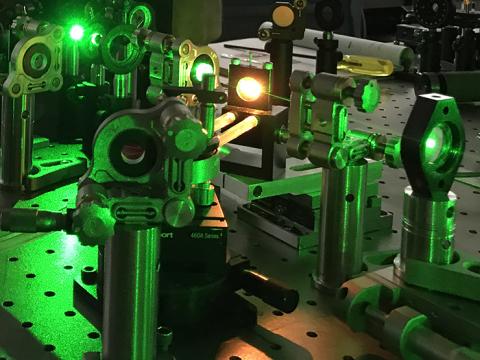Creating new companies takes extensive work, expertise and focus, and academic institutions are not historically designed or optimized for this purpose. However, by creating and supporting startup companies built around their innovations, universities can increase the likelihood that those innovations make an impact in society and in human lives.
The stewardship model behind the ownership of federal-funded inventions, for example, suggests that a university should consider promoting small business in science and engineering, which can often mean the university’s own spin outs.
Universities have been involved in and surrounded by startup companies since their inception. Formal university activity supporting the spin out of university research-based companies goes back decades now, and many different “use cases” and situations have been addressed by creative pioneers. Technology commercialization professionals have been developing and disseminating best practices for spinning out companies based on university research and are constantly testing new methods of working with startups to maximize their impact while not damaging the research, education and other goals of the university.
Some state laws, university policies and faculty cultures are still catching up to the value and requirements of startups, and many schools are systematizing their processes for the first time, or bringing fresh thought, resources and focus to the practice.
On and around campus, there are several kinds of new/small businesses that get created:
- Student startups
- University startups
- Community startups
They are often discussed and listed interchangeably, but they have key differences that affect how they participate in the university startup ecosystems.
Student Startups
- Student startups are owned, conceived and lead by undergraduate or graduate students. These are usually based on ideas, innovations or assets owned by one or more tuition-paying students.
- Student startups often are developed in courses at the business and other schools and may receive cash awards or support, but the host university rarely takes an ownership interest in these companies.
- Student startups often make use of programs in the business, engineering and medical schools or in campus-wide centers for entrepreneurship. The business areas of student startups are diverse, and commonly cover everything from consumer, food and beverage, apparel, B2B, design and service companies.
- Student startups are less commonly based on “technology” but some can be and they sometimes source technology from a university, national lab, or other entity as part of university programming.
Community Startups
- Community startups are owned, conceived and lead by non-student, non-university-employee members of the regional community around the university. These are usually based on ideas, innovations or assets owned by independent inventors or occasionally the companies acquire rights from third parties.
- Community startups often make use of assistance or development programs in the entrepreneurial ecosystems around the university, such as RAIN Eugene and community-based accelerators, economic development corporation programs, and extension and state-supported rural-outreach programs. They may use research services at the university and can fund industry research to collaborate with university faculty either directly or as part of federal programs such as SBIR/STTR.
- Community startups typically do not receive funding from their local university unless they are licensing in a technology from the university.
University Research Based Startups
The startups that universities themselves develop and launch are primarily those built around university-owned assets that arise from internally and externally-funded research projects and core operations, such as patents, copyrights, software, technical information, and trademarks.
University research based startups were formed from university innovations throughout the 20th century, but the processes were formalized, unified and accelerated by the Bayh-Dole Act of 1980 which encouraged universities to generate, protect, develop, market and license university innovations developed with federal funding.
One Size Doesn't Fit All!
Just as universities create many different kinds of innovation, they also can participate in the startup creation process in different ways depending on the needs of the situation as demonstrated by:
- The expectations of the Innovators
- The type of technology or innovation
- The amount of additional development effort, time and money necessary to evolve a technology into a product or service, etc.
A major determinant of the startup path taken is the level of participation in the formation process by:
- The Innovator(s), and
- The University as an entity

